Table tennis is probably one of the easiest games to pick up, but it can certainly be difficult to master. This fun party to pro game is very popular because it can easily be played indoors, but you can bring it outdoors as well! That’s some pretty killer flexibility there, my friends. However, before you go moving that indoor table to the great and wild outdoors for a nice change of scenery, you should be aware that not all of these tables are created the same.
What’s the difference between indoor and outdoor table tennis tables? The main and probably most important difference between indoor and outdoor table tennis tables is the material they are made with. Indoor tables aren’t made to withstand the harsh outdoor climate, and outdoor tables are made with materials that may alter how the ball bounces.
That may answer the main question, but buckle up folks, we’re just getting started!
Table of Contents
What are the differences between indoor and outdoor table tennis tables?
Table tennis was originally intended as an indoor sport, but its booming popularity made room for innovations such as the outdoor versions we see today. There are some significant differences between the two sets. However, the two types of tables themselves tend to look pretty similar, so what gives? Why are there indoor and outdoor variations to begin with?
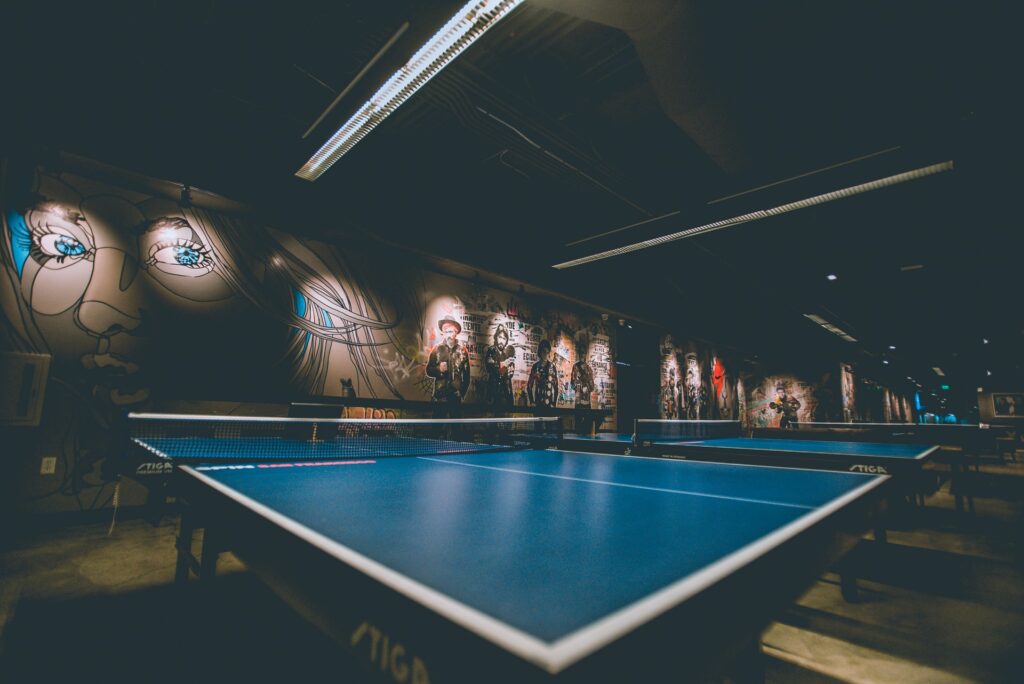
Photo by Ivan Cortez on Unsplash
The materials they are made of
Indoor table tennis tables are typically going to be made of a good-quality wood designed for the temperature-controlled indoors. Conversely, outdoor table tennis tables are made of more weather-resistant materials. These more rugged materials tend to be plastics and metals, which can stand temperature changes and fluctuations in humidity. The outdoor tables will also sometimes be covered in a protective layer of element-resistant material or coatings to add an extra layer of protection from spills, bad weather, and just to help them last a bit longer.
Cost of the table
Typically, an outdoor table tennis table will cost more than an indoor one of similar quality. This is mostly because of the materials that are needed to add extra protection to the outdoor tables. Since indoor tables should not be coming in contact with any harsh elements, they don’t need those protective layers, which tends to decrease their cost overall. Granted, you can get indoor table tennis tables with extra protection if you don’t mind spending a little extra.
Outdoor tables are also usually made with heavy, sturdier frames. These sturdier frames help keep the tables steady as well as negate any rough outdoor conditions it may face. This is especially true for outdoor table tennis tables that get moved around the yard a lot or even folded up and brought to new locations. However, this extra sturdy framework can add to the cost quite a bit as well.
Now, while outdoor tables do tend to cost more, the price jump between the two isn’t always so bad. It really depends on the quality of the tables, where you get them, and even the time of year you make your purchase. You’ve got to love those closeout sales and Black Friday deals!
How they feel
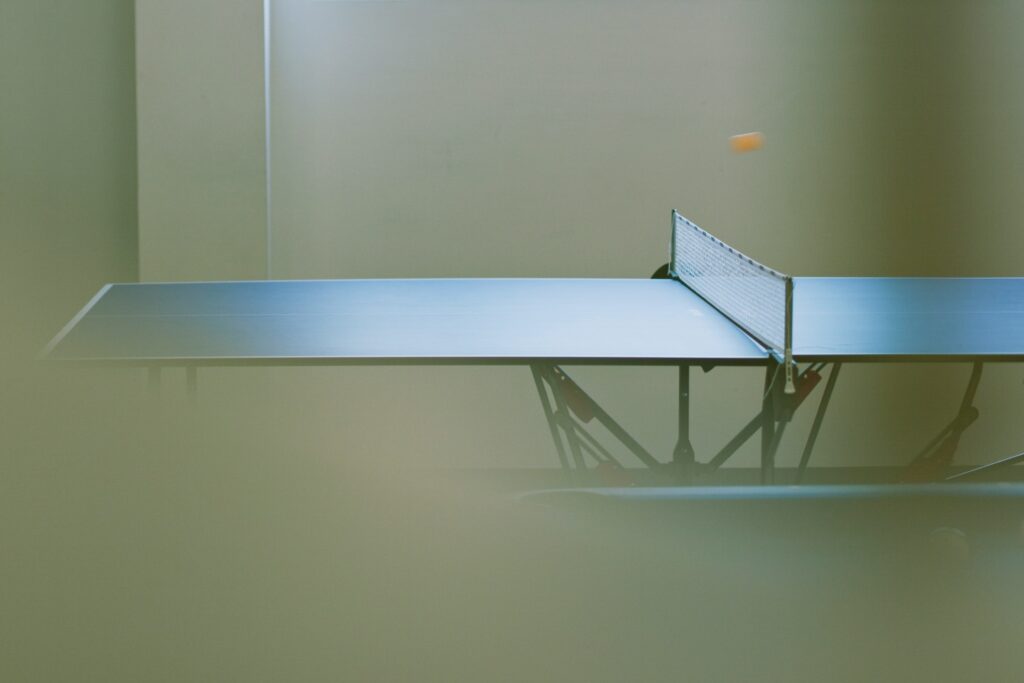
Photo by Jelena Ardila Vetrovec on Unsplash
As I stated earlier, both indoor and outdoor table tennis tables are made of different materials. For the outdoor tables, this is for weather and terrain-related reasons. Since the indoor tables have been around for a little longer and have no weather or terrain to fight, the materials used to make them reflect more toward improving how the game plays.
This doesn’t mean outdoor tables don’t play well. On the contrary, both types can provide an awesome game experience. But it’s important to know that an indoor table will feel a lot different than an outdoor one, so you’ll need to adjust your techniques to match.
Plastic and metal just don’t have the same kind of bounce and “oomph” that wood has got going for it. Now, unless you’re a seasoned vet at table tennis, you probably wouldn’t notice too much, but when comparing the two back to back you might be able to feel that both options just don’t quite feel the same.
While for the most part this isn’t really going to mess with anybody too much, if you have only played table tennis on one, you’re most likely going to need to get used to the other before you can whoop your friends in a game of table tennis on an unfamiliar table.
Space available
Even though table tennis was originally played as an indoor sport, most people tend to lean more toward getting an outdoor table. While both indoor and outdoor table tennis tables are typically the same regulation size, you still need quite a bit of room to house them properly. And not just the space the table takes up.
Unless you have a really big living room or a dedicated game cave, the indoor tables may seem like too much hassle. Not only do you need enough space for the table itself, but you also need enough space for the players to move around without fear of tripping, colliding, or otherwise getting hurt.
Consider how active and speedy table tennis players need to be, and also those swinging arms. You don’t want your players tripping all over furniture, bumping into walls, or slipping on your fancy carpet, do you? Ok, maybe you do like a little slapstick comedy in your game cave, but let’s pretend for a moment we don’t want to see our friends pulling a live Three Stooges episode.
For a lot of people this means having their table tennis table outside.
Outside interference
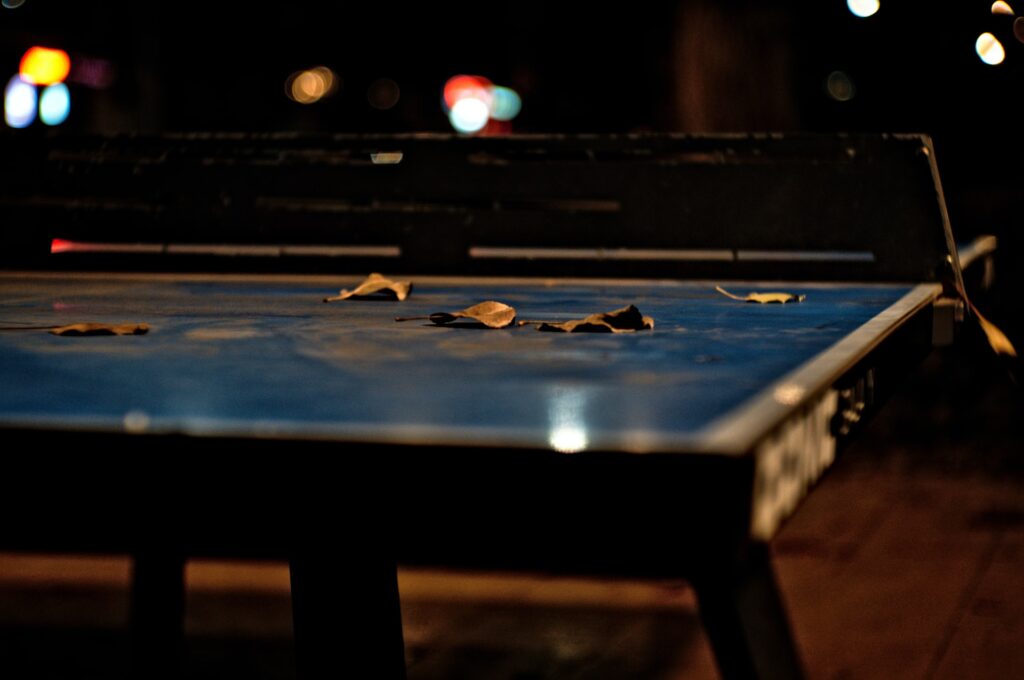
Photo by Artem Labunsky on Unsplash
While outdoor table tennis tables can be fun and tend to be easier to fit somewhere, you are still going to have to contend with the elements. Even on a nice and clear day, there’s still the possibility of all sorts of things getting all up in your business. Consider things such as: surprise wind blowing the ball around (tennis balls are really light), bugs trying to throw you off (e.g. rude wasps), unforeseen weather conditions putting a stop to the game, plus more if you’re playing in a park.
The great thing about the indoor table tennis tables is that you probably won’t have to deal with these problems, on account of you being indoors, of course. Granted, maybe you have a colony of murder hornets in your walls; we’re not here to judge you.
Regardless of whether you have an indoor or outdoor table, always be sure to keep your table on a smooth and stable surface! Any lumps or bumps under those table feet are going to make the table bounce around almost as much as the ball is, and that can make the game a tad bit crazy. The good news is that even if your surface is a little bit uneven, some tables come with separately adjustable legs.
Can you convert an indoor table tennis table to an outdoor table?
If you already have an indoor table or found a good deal for one but decide you would like it better outside, can you convert your domestic indoor table to a wild, free-ranged outdoors table?
While using an indoor table outside may seem like a money-saver, the damage that the table may take will severely limit its overall lifespan. It can also make playing a real pain since the sensitive indoor-only materials will begin to degrade over time outside.
However, if you really want to use your indoor table outdoors, here are some helpful tips to lessen the potential damage:
- Do not permanently store your table outside. The indoor tables were not meant for any kinds of weather, and prolonged exposure to the elements can sometimes warp or dissolve the wood.
- Return your table indoors as soon as possible after you’re done with it. Limiting its time outside as much as possible is important for the longevity of the table.
- Place it in a well shaded area. Always be sure to keep your indoor table out of direct sunlight, as the sun may damage it.
- Never bring your table out in extreme or intense weather. Rain, snow, or even the heat and UV from direct sunlight can damage a table that wasn’t made to handle said conditions.
- Make sure your table is on a flat, debris-free surface. If the play area is even just a little uneven, you increase the risk of badly warping the frame. Warped frames make for bad games!
While you may be able to use your indoor table tennis table outdoors briefly, it is highly recommended that you do not leave it out there for very long. Even if you were to try your best to make the table weather-proof (be it a tarp, weather-proof paints, etc.) the indoor tables just aren’t built to withstand that kind of environment and could very easily become damaged or completely broken over time. Sometimes if you live in an especially harsh climate, they may even break right away, and that’s no good!
Is one better than the other?
For the most part, asking any master table tennis player whether they think indoor or outdoor table tennis tables are better isn’t going to be as contested as you might think. Most pros end up leaning pretty hard to one side: indoor tables are far superior to their outdoor counterparts.
The reason for this heavy lean is, generally speaking, because table tennis was originally designed to be played indoors. The equipment was made with more indoor friendly materials to facilitate the best playing experience. Because the tables were originally meant for indoor use, their careful design and material choice has been refined over a longer period of time.
Even though the table tennis pros usually end up preferring the original indoor tables over the outdoor ones, there isn’t really a clear winner overall with all players. As with many things, it can really come down to personal taste and what you’re looking for in your tennis table.
That’s also not to say that all players dislike how outdoor tables play. Sometimes, even the pro players don’t mind a fun game outdoors!
Indoor tables tend to be more… finicky. Yes, they can give you a great game, but that comes with a price as these tables also tend to be more fragile than outdoor tables. For the most part you may not have any troubles with that, but they do need to be stored in ideal conditions and have any liquids cleaned off immediately.
This neediness can make taking care of your indoor table a little annoying sometimes. But some people are okay with putting up with the upkeep, as the playing experience is quoted as being far superior to the outdoor options.
Conclusion
So, the main differences between indoor and outdoor style table tennis tables is quite simple really: the original indoor ones are typically made of wood, while the outdoor ones are typically made from metal or plastic to improve their longevity in the wild outdoors. This difference in their materials can make them play differently, so people will often prefer one table type over the other.
Outdoor tables tend to cost a tad more than indoor tables on account of the extra materials made to keep them in tip top shape outdoors as well. These tougher materials can also alter how the ball bounces, but for the most part you may not notice.
The final choice of whether an indoor or outdoor table is right for you is your decision, however. So, what do you think? Indoor or outdoor table tennis?
Last modified:

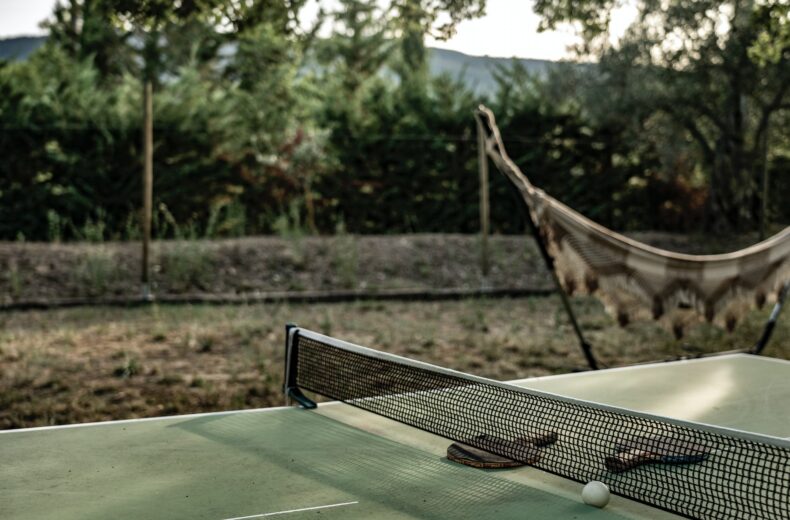


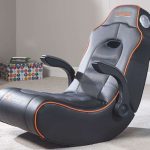

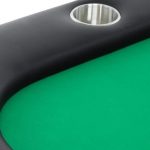



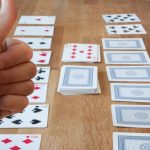

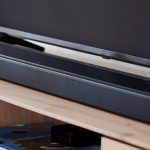





This blog post is an excellent resource for anyone in the market for a table tennis table. It effectively outlines the key differences between indoor and outdoor tables, helping readers make an informed decision based on their specific needs and playing environment. Well done to the writer for delivering a comprehensive and informative guide!